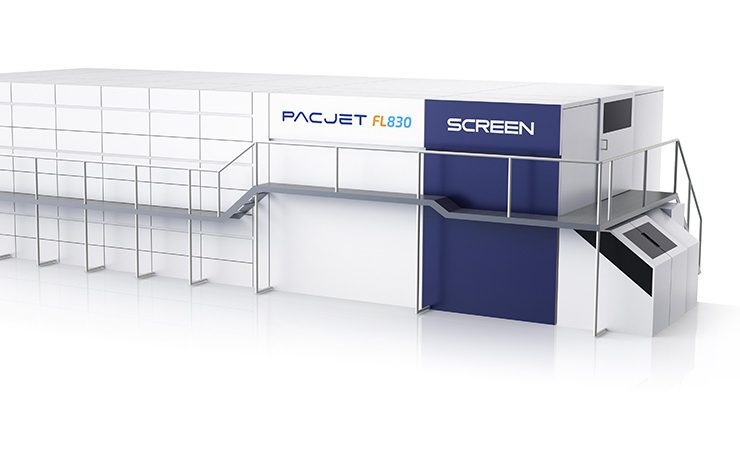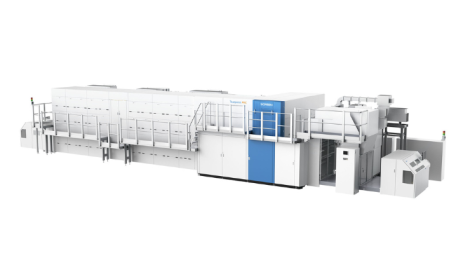The inkjet print market is currently worth $80.4 billion, and is expected to reach $118.2 billion in 2025 according to the latest Smithers report.
‘The Future of Inkjet Printing to 2025’ report equates the current value of the inkjet print market to 923 billion A4 prints. Growth will continue as high-performance technology comes to market with printers and converters spending $3.9 billion on new inkjet equipment, up from $2.9 billion in 2015. Inkjet ink consumption in graphics and packaging applications is to be nearly 124,000 tonnes, more than twice the 2015 volume.
According to the report, inkjet printing growth will moderate slightly to 2025, averaging 11.4% CAGR by volume and 8% in constant value terms, as more applications become mainstream, reaching $118.2 billion in 2025, nearly 1.6 trillion A4s.
Smithers noted that all inkjet sectors are growing, even applications where the overall print market is falling, which is the case for many publishing and graphics applications. This is cited as inkjet being suited to the changing demands of print buyers because it can meet the changing preferences of consumers better than analogue alternatives. Continuing technological developments, together with the greater experience of print providers, will combine to make inkjet competitive against litho, flexo, gravure, screen and digital toner printing, according to Smithers and its latest report.
Further, as inkjet press performance improves, the economic crossover will move to longer runs, making it ever more interesting for print service providers and packaging converters, leading to the high levels of growth reported.
Smithers’ analysis for ‘The Future of Inkjet Printing to 2025’ has identified the following key trends and drivers leading to inkjet printing growth over the next five years:
- Flexibility and agility, with inkjet allowing print companies to become more agile and responsive to customer requirements;
- Digital capability, with the ability to print only what is needed on demand with no physical master promotes efficiency in production and the supply chain – total variability is also possible;
- New technology, which will result in higher performance machines, offering very high quality and reliability, while integrated manufacturing methods linking pre-press with printing and finishing in a single-pass operation, will change the economics of product manufacture, rather than just printing;
- A non-impact print process, allowing inkjet to be used to print onto very delicate irregular materials;
- Retail supply chain changes, with growth in e-commerce, and now m-commerce, allowing retailers to use the transit packaging as a vehicle to communicate with their consumers and widen the functions of packaging, and to engage with consumers in new ways while improving their experience of receiving a pack; and
- Sustainability, with potential overall advantages against analogue alternatives from less waste and use of chemicals and materials. Only printing what is required at any time helps eliminate redundancy throughout the supply chain.
Those who purchase ‘The Future of Inkjet Printing to 2025’ will also receive copy of Smithers’ ‘The Impact of COVID-19 on the Printing Industry’ report, which presents three scenarios, and models how the markets are likely to evolve in the immediate short-term and over the next five years, based on an in-depth assessment for each printed product, print process and geographic region.
‘There will be major industry restructuring with weak print companies and suppliers failing as demand falls,’ according to Smithers. ‘Remaining companies will innovate and diversify, producing PPE equipment an early example as companies collaborate and widen the range of products and services they offer, with routes to market changing toward online.’
Read more about cutting-edge package printing technologies, including numerous inkjet-based systems, in the May/June issue of Digital Labels & Packaging; register here to receive the magazine for free






